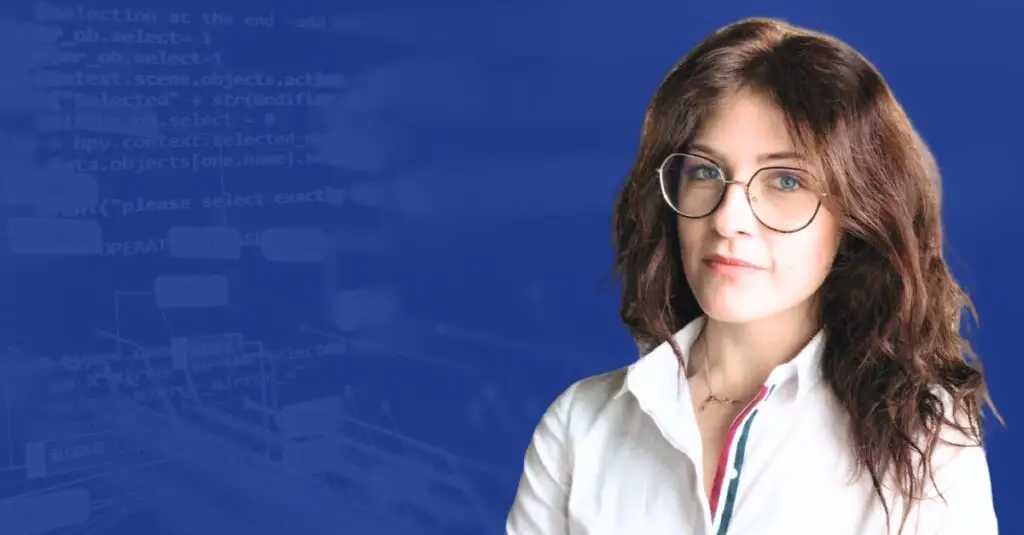More and more companies around the world are changing and reorganizing their structures. It is influenced not only by the global pandemic, but most of all by process optimization by outsourcing tasks and projects to external suppliers. A few years ago, experts forecasted that the IT outsourcing market in the Managed Service model in 2020 will reach a global level of 230 billion dollars in 2020. Today we know that the forecasts are different. By 2025, the market for this type of services will increase by up to 48%, exceeding its value of $ 329 billion. So what are the advantages and disadvantages of outsourcing? What benefits can our company achieve by using outsourcing? Why not everything should be implemented in the Managed Service model and what cooperation model will be the best for us? These questions are answered in the article below.
What is outsourcing?
In order to consider the advantages and disadvantages of outsourcing and to compare various models of this type of service, you need to define this concept and understand its meaning correctly.
Outsourcing is a long-term assignment of certain functions from the sphere of an organization’s activity to an external company, which allows the organization to focus on its core activities. Therefore, we can outsource virtually anything. There are no restrictions in terms of industry and type of activity, as well as the size of the project. You can commission the implementation of the entire project as well as its stages.
 According to the Economic World Summit in the United States and Western Europe, enterprises most often decide to outsource the IT department (30%), human resources (16%), distribution and logistics (14%) as well as accounting and finance (11%). One of the examples of outsourcing of distribution and logistics are activities carried out by Nike, a company dealing in the production of clothing and shoes. To illustrate the scale of its activity, we can use the example that it sells around the world about 25 pairs of shoes per second, earning about 1000 dollars on it. How many factories do they maintain in which they are produced? Round zero. The company does not have any factory, and outsources all processes from the stage of obtaining materials for distribution to stores of finished shoes. We will focus on the industry we know best, namely the outsourcing of IT services.
According to the Economic World Summit in the United States and Western Europe, enterprises most often decide to outsource the IT department (30%), human resources (16%), distribution and logistics (14%) as well as accounting and finance (11%). One of the examples of outsourcing of distribution and logistics are activities carried out by Nike, a company dealing in the production of clothing and shoes. To illustrate the scale of its activity, we can use the example that it sells around the world about 25 pairs of shoes per second, earning about 1000 dollars on it. How many factories do they maintain in which they are produced? Round zero. The company does not have any factory, and outsources all processes from the stage of obtaining materials for distribution to stores of finished shoes. We will focus on the industry we know best, namely the outsourcing of IT services.
It is divided into full and selective outsourcing.
Full outsourcing (strategic outsourcing) consists in taking over the entire IT infrastructure of the client or its selected areas. Under this type of contract, some of the client’s employees are often taken over.
Selective outsourcing is a type of service under which the client allows the external company to be given control over selected areas of IT. This includes, among other things, managing selected applications or the network environment.
The most popular types of IT Outsourcing include:
- computer hardware service,
- IT infrastructure management and care,
- implementation of IT systems,
- hosting,
- supervision over IT security,
- human resource outsourcing (which we will focus on).
What are the benefits of IT outsourcing?
- lowering costs,
- no need to finance specialized training,
- improving the quality of service,
- increasing data security,
- shortening the implementation time of new solutions,
- more precise cost control,
- smooth completion of ongoing projects,
- employment reduction.
Staff Augmentation
 Staff Augmentation is a flexible and quick way to attract IT specialists to your team without the need for constant recruitment. An employed specialist becomes a full-time member of the team. In recent years, services in this model have become very popular. “First of all, many companies approach the implementation of their projects on time. They need experienced people for a certain, predetermined period of time to complete the project. There are many reasons for such a sudden expansion of the team. Most often we encounter a situation in which a specialist from the client’s internal team rotates and there is a sudden need to replace him with another employee. Hence the huge popularity of the Staff Augmentation model as an outsourcing service. ” explains Dawid Sztyk Business Unit Director at RITS.
Staff Augmentation is a flexible and quick way to attract IT specialists to your team without the need for constant recruitment. An employed specialist becomes a full-time member of the team. In recent years, services in this model have become very popular. “First of all, many companies approach the implementation of their projects on time. They need experienced people for a certain, predetermined period of time to complete the project. There are many reasons for such a sudden expansion of the team. Most often we encounter a situation in which a specialist from the client’s internal team rotates and there is a sudden need to replace him with another employee. Hence the huge popularity of the Staff Augmentation model as an outsourcing service. ” explains Dawid Sztyk Business Unit Director at RITS.
One of the biggest advantages of this solution is time saving. Customers almost immediately receive staff that they can engage in their internal projects. The key thing in acquiring new specialists is the amount of information available to refine the search field. On average, it takes 3 to 5 days to find a new IT specialist. “It also all depends on the specific competency niche. If we do research and see that we have low availability of employees at a certain level of competence, often 3 people in Europe, the search will naturally extend. ” – says Paweł Olejniczak, VP Sales RITS
When recruiting specialists, companies also verify their competences. They match and test candidates and clients to better respond to the needs of both parties. Through many years of cooperation with the developer, you can learn about his experience and style of work to suit a specific project. By omitting the recruitment process, the client is able to maintain the timeliness of the project, and in the case of longer cooperation, optimize costs.
Team leasing is an extensive Staff Augumentration model, where defined teams with strictly defined competencies are delivered. When creating a team, not only the availability of competences is taken into account, but also work methodology. “As RITS, we can provide a team under the designated competences and roles to work directly in the client’s office, provide a team from our office in Poland and Vietnam, or specialists working remotely for the client. The latter option is certainly the most economical, ”says Dawid Sztyk. This is the best model for new initiatives, projects that are in the planning phase. Engaging the entire team reduces fluctuation in the team, which directly affects the timeliness of the order. An experienced Project Manager supervises the progress of the team’s work, coordinating its work on an ongoing basis and consulting with the client in order to make the most important decisions and report on the progress of work.
This solution will work perfectly in a situation where the client has knowledge and the ability to control the progress of the team’s work, but at the same time struggles with the problem of insufficient resources of competences on his board.


 Managed Services, also called Outsourcing 360 by some, has recently become more and more popular. This model of holistic outsourcing, which consists in taking over entirely by the company providing such services IT processes related to a specific aspect of the client’s activity. One of the basic benefits that the client receives from the use of Managed Services is access to broadly understood know-how and financial optimization.
Managed Services, also called Outsourcing 360 by some, has recently become more and more popular. This model of holistic outsourcing, which consists in taking over entirely by the company providing such services IT processes related to a specific aspect of the client’s activity. One of the basic benefits that the client receives from the use of Managed Services is access to broadly understood know-how and financial optimization.




























































